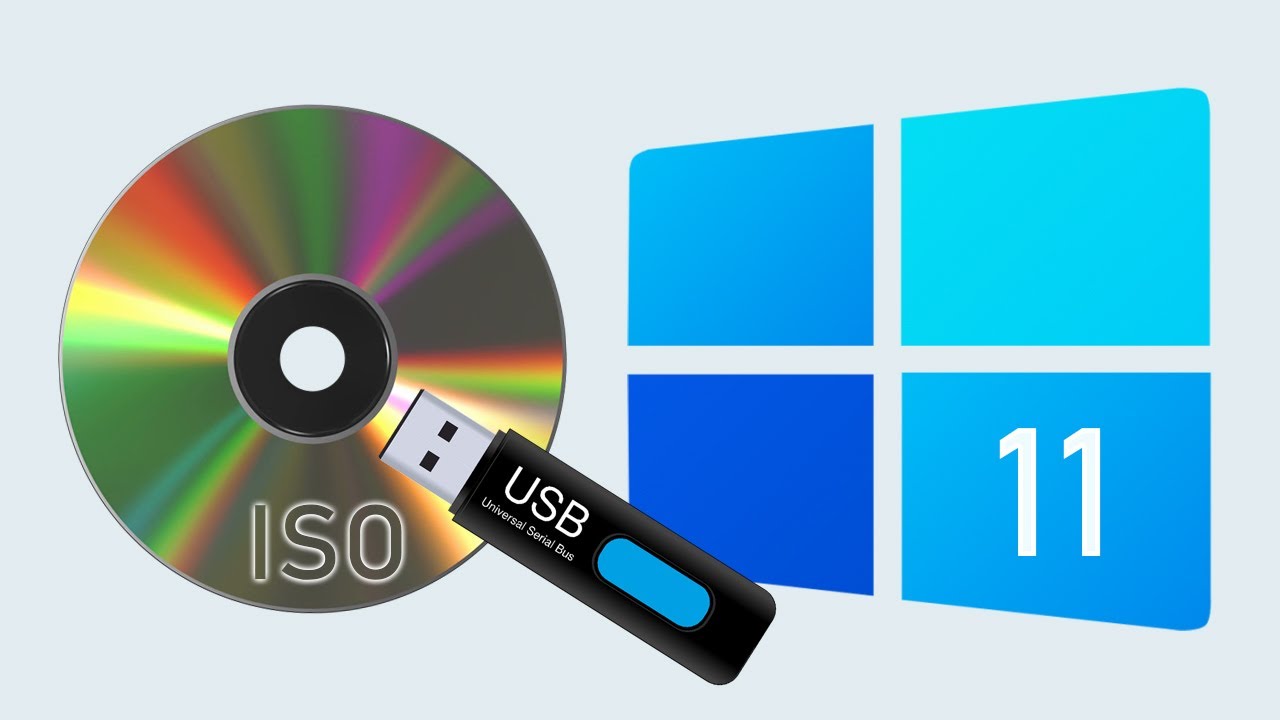Formatting a hard drive is an essential step in preparing your system for a clean and error-free installation of Windows 11. By formatting the hard drive, you ensure a fresh start and eliminate any potential conflicts with your existing system. In this comprehensive guide, we will walk you through the step-by-step process of formatting a hard drive for Windows 11 installation. Whether you are a tech enthusiast or a novice user, this article will provide you with all the necessary information to successfully format your hard drive and install Windows 11.
1. Pre-Format Requirements
Before you begin the process of formatting your hard drive, there are a few requirements that you need to fulfill:
- Windows 11 ISO: Download the Windows 11 ISO file from the official Microsoft website or a trusted source.
- Bootable USB Drive: You will need a USB flash drive with sufficient storage capacity to create a bootable installation media.
- Rufus Software: Download and install Rufus, a free and reliable tool for creating bootable USB drives.
2. Creating a Bootable USB Drive
Once you have obtained the Windows 11 ISO file and prepared the USB drive, follow these steps to create a bootable USB drive:
- Insert the USB drive into your computer.
- Open Rufus and select the USB drive from the “Device” dropdown menu.
- Click on the “Select” button next to the “Boot selection” section and browse to the location where you saved the Windows 11 ISO file.
- Click on the “Start” button to begin the creation process. Note that this will erase all data on the USB drive, so make sure to back up any important files.
- Wait for Rufus to complete the process. Once finished, you will have a bootable USB drive with the Windows 11 installation files.
3. Booting from the USB Drive
To start the installation process, you need to boot your computer from the USB drive. Follow these steps to boot from the USB drive:
- Insert the bootable USB drive into your computer.
- Restart your computer and enter the BIOS or UEFI settings. The key to access the settings varies depending on your computer manufacturer (e.g., Del, F2, F12).
- In the BIOS or UEFI settings, navigate to the “Boot” or “Boot Order” section.
- Change the boot order to prioritize the USB drive as the first boot option.
- Save the changes and exit the BIOS or UEFI settings. Your computer will now restart and boot from the USB drive.
4. Selecting Installation Options
Once your computer has booted from the USB drive, you will be presented with the Windows 11 installation screen. Follow these steps to select the installation options:
- Select your preferred language, time, and currency format on the initial screen.
- Click on the “Next” button to proceed with the installation.
- On the next screen, click on the “Install Now” button to start the installation process.
- If prompted to enter a product key, select the option “I don’t have a product key” and click on “Next”.
- Choose the Windows edition you want to install (e.g., Windows 11 Pro, Windows 11 Home) and click on “Next”.
- Accept the Microsoft Software License Terms by checking the checkbox and click on “Next”.
5. Choosing the Installation Drive
In this step, you will select the drive on which you want to install Windows 11. Follow these steps to choose the installation drive:
- A list of available disk drives will be displayed on the screen. Select the drive where you want to install Windows 11.
- Click on the “Format” button to format the selected drive. Formatting will erase all data on the drive, so make sure to back up any important files.
- Confirm the formatting action by clicking on “OK”.
6. Formatting the Hard Drive
Formatting the hard drive prepares it for the installation of Windows 11. Follow these steps to format the selected hard drive:
- Click on the “Next” button to initiate the installation process. Windows 11 will format the drive and copy the necessary files for installation.
- The installation process may take some time, depending on your hardware performance. A progress bar will be displayed on the screen to indicate the installation progress.
- Once the installation is complete, your computer will automatically restart. If it doesn’t, manually restart your computer.
7. Initiating the Installation
After formatting the hard drive, Windows 11 will continue with the installation process. Follow these steps to initiate the installation:
- Remove the USB drive from your computer if it’s still connected.
- Allow your computer to boot from the newly formatted hard drive. Make sure not to disconnect the power source or turn off your computer during the initial setup.
8. Completing the Installation Process
Once the installation process is underway, follow these steps to complete the setup:
- Your computer will restart several times during the initial setup. Do not interrupt the process and let it proceed automatically.
- On the initial setup screen, select your preferred region and click on “Next”.
- Sign in to your Microsoft account or create a new account if you don’t have one. Set a PIN for quick access to your Windows 11 OS.
- On the privacy settings page, choose your preferred privacy settings by toggling the options on or off.
- Click on “Next” and select customization options according to your preferences.
- In the storage settings, choose the option “Only store files on this device”.
- Click on “Next” to complete the installation process.
9. Initial Setup and Configuration
After completing the installation, you will be greeted with the Windows 11 desktop. Follow these steps to perform the initial setup and configuration:
- Familiarize yourself with the new Windows 11 interface and features.
- Customize your desktop background, theme, and display settings.
- Set up your preferred default apps for various file types.
- Install necessary drivers and software for your peripherals.
- Update Windows 11 to the latest version to ensure security and performance enhancements.
10. Customization and Privacy Settings
Windows 11 offers various customization and privacy settings to personalize your experience. Follow these steps to adjust these settings:
- Access the Settings app by clicking on the Start button and selecting “Settings”.
- Explore the different categories and options available for customization.
- Modify settings related to appearance, taskbar, notifications, and more.
- Review and adjust privacy settings according to your preferences.
11. Troubleshooting Common Issues
If you encounter any issues during the formatting and installation process, try these troubleshooting steps:
- Ensure that your hardware meets the minimum system requirements for Windows 11.
- Check for any incompatible drivers or software that may interfere with the installation.
- Verify that the Windows 11 ISO file and the bootable USB drive are not corrupted.
- Consult online forums, Microsoft support, or seek assistance from a professional if needed.
Conclusion
Formatting a hard drive for Windows 11 installation is a crucial step in ensuring a clean and error-free installation process. By following the step-by-step guide outlined in this article, you can successfully format your hard drive and install Windows 11 with confidence. Remember to back up important data before formatting and always refer to official Microsoft resources for the latest information and updates. Enjoy the new features and improved performance offered by Windows 11!
Experiencing difficulties with your Device, check out our “How To” page on how to resolve some of these issue






